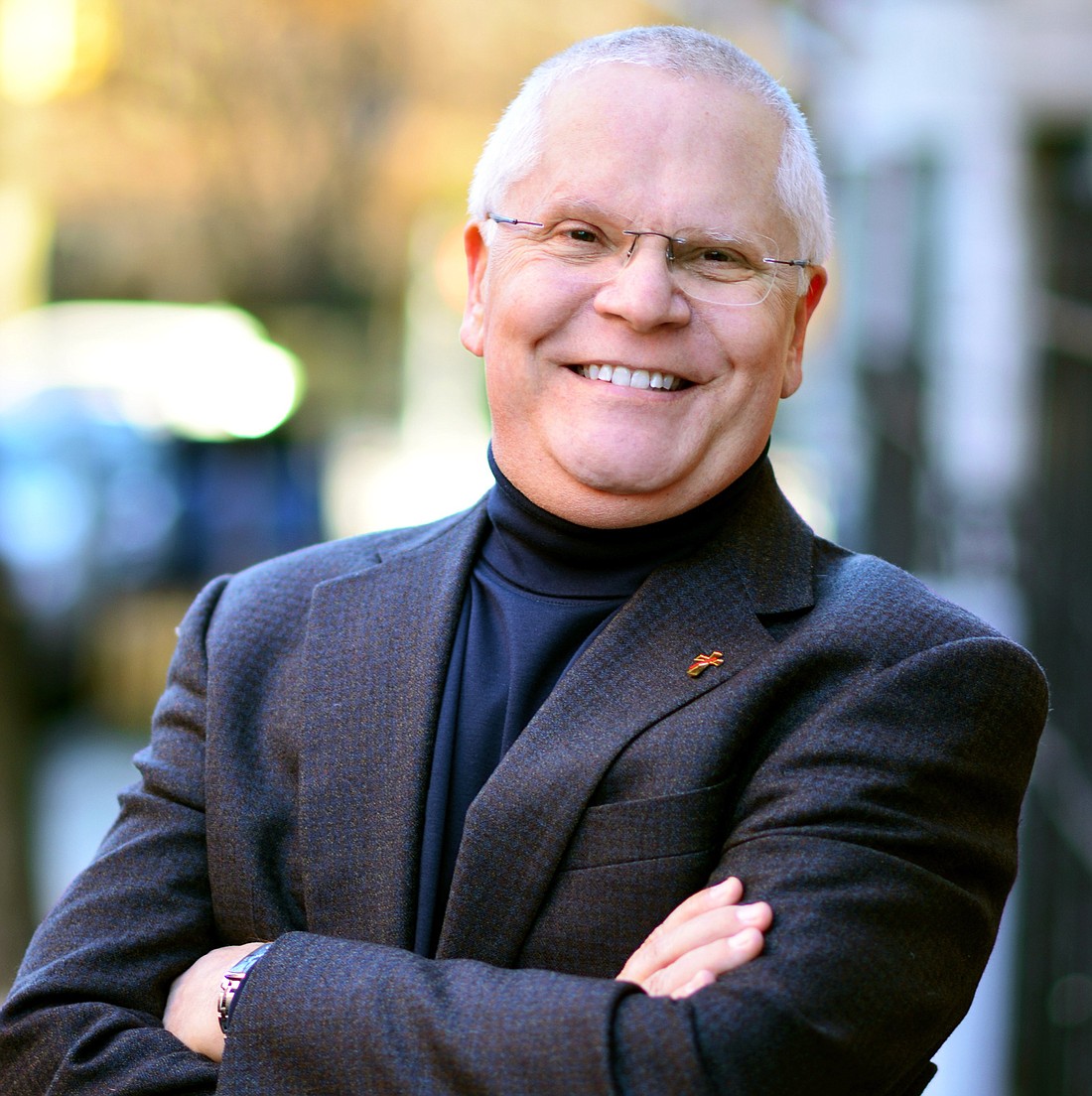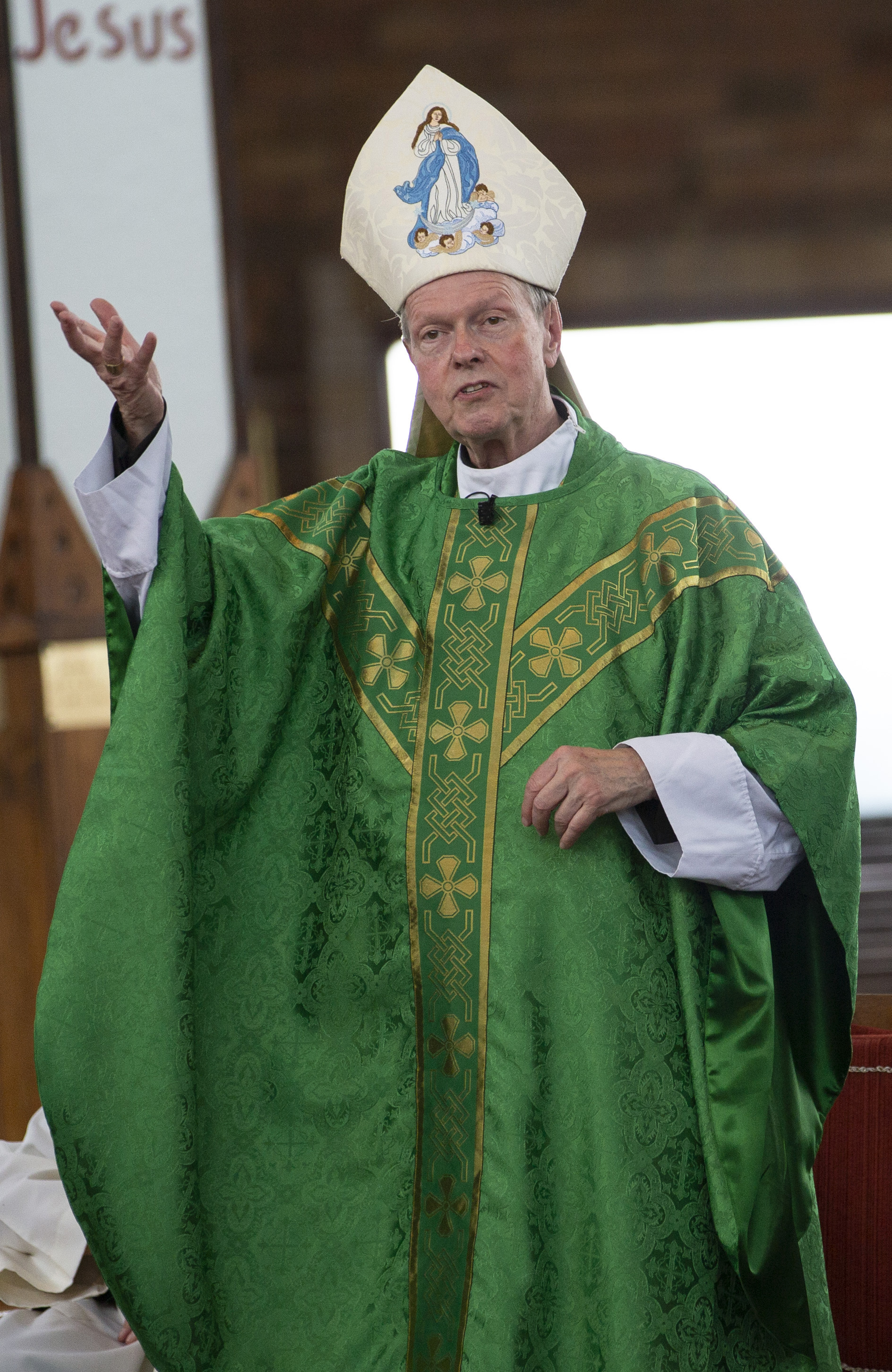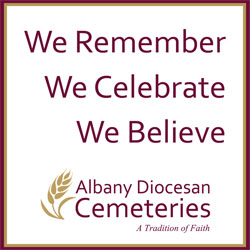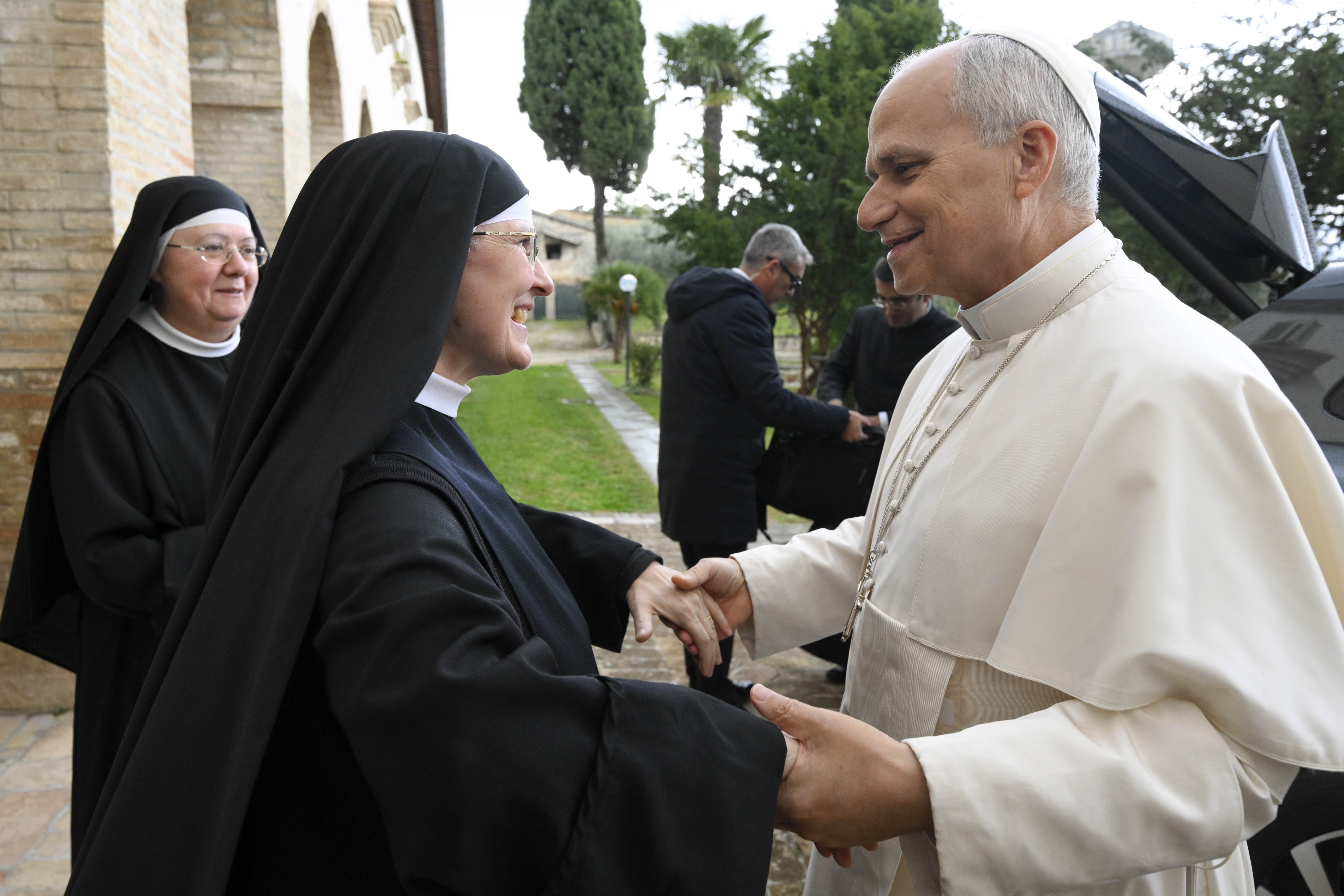August 9, 2023 at 9:30 a.m.
Synod on Synodality needs the perspectives of ‘relatable clergy’
One of the most anticipated events in modern church history — arguably, the most important gathering since Vatican II, the Synod on Synodality — is about to unfold this fall. After years of planning and preparation, with local meetings held and national reports issued, the Vatican recently named more than 300 delegates who will be taking part — lay men and women, priests and bishops and religious from all corners of the globe.
Again and again, one of the refrains I’ve been hearing from friends and fellow clergy around the country is: “What? No deacons?”
It’s true. The initial list contained not one participant clearly identified as a deacon.
At first, it seemed a shocking oversight. The diaconate, after all, has shown explosive growth over the last five decades; this third level of Holy Orders now numbers close to 49,000 members worldwide, almost half of those in the Americas.
And as the numbers have grown, the vocation has shown astonishing diversity. Yes, deacons are husbands and fathers, grandfathers and retired single men. But we are also judges, lawyers and doctors. We serve as parish administrators, diocesan chancellors and as university professors. You even find deacons who are — ahem — journalists.
The initial news that there would be no deacons at the synod seemed just plain wrong. It was later reported that there would in fact be at least two deacons in attendance. Just two. But neither would come from the one place where the diaconate has grown and flourished the most dramatically — the United States.
I’ve been a deacon for the Diocese of Brooklyn for 16 years and I have to say: even with two deacons added (out of more than 300 participants), this still seems like a glaring omission that needs to be corrected.
The breadth and depth of diaconate ministry in the United States and around the world cannot be underestimated. Some observers have quite accurately described deacons as embodying a “vocation of the threshold,” living as a bridge between the clergy and the laity — standing metaphorical watch at the doorway of the church, to lend a hand or extend a welcome or make a connection to the faithful who hunger for help, or hope or some small act of grace.
The deacon’s charism is service, so we deacons serve at shelters, soup kitchens and within charities of all kinds. But that’s just the beginning. From my experience, many people in parishes see deacons not just as men at the threshold, but as men actually holding open the door. They see us as a way in. “Deacon, can I talk to you about something,” someone will ask. “I have a problem and I don’t really feel comfortable talking to a priest about it.”
We are out there in the world, and that’s important; it helps people to see us as “relatable clergy.” And that gives deacons a most unique perspective within the Catholic Church. We are the only religious vocation (and the only clergy) called to live and work among the people — not in a convent or a cloister or a rectory. People see us as part of the neighborhood, because that’s what we are. We shop with them, bank with them, commute with them; we see parishioners at soccer practices and school board meetings, at bus stops and train stations.
Bishop Frank Caggiano of Bridgeport — the man who launched my own formation in the Diocese of Brooklyn — once told a convocation of deacons that he believes the great gift of the diaconate is “the gift of presence.”
“You are there with the people in a unique, visible way,” he told them. And he also offered this confession: “I’m a better priest,” he admitted, “because of the work I did with deacons.”
Pope Francis has repeatedly called for a “listening” church. Isn’t it time for this church to listen to those members of the clergy who spend so much of their lives listening to (and hearing, and responding to) to the daily, human concerns of the Body of Christ?
Isn’t it time to listen to what deacons might have to say?
I think so.
And there is this: if one of the items on the synod agenda is a discussion about the possibility of ordaining women deacons, it might be prudent to hear what deacons themselves have to say on the subject. The Vatican might want to give some attention to how the diaconate is lived around the world, especially in the United States, where it is becoming a powerful and upholding force in so many parishes and communities.
If the church chooses, the upcoming synod can be an historic moment that will be remembered for the voices it included, not the ones it forgot about.
It can be remembered for bringing the “gift of presence” to the table — and listening to what all the members of the Body of Christ have to say.
Deacon Greg Kandra is an award-winning author and journalist, and creator of the blog, “The Deacon’s Bench.” This column was provided by OSV News.
- Pope arrives in Turkey giving thanks, preaching peace
- UN report: Every 10 minutes, a woman is killed somewhere in the world
- Catholic bishops offer prayers for National Guard members shot in DC
- Former business manager charged with stealing $1.1 million from suburban Philadelphia parish
- Pew: US Latinos disapprove of Trump’s immigration, economic policies
- Community recounts unspeakable tragedy of parents awaiting news of their kidnapped children in Nigeria
- Cardinal Ryś named new archbishop of Krakow, marking historic transition for church in Poland
- Full text: Pope Leo XIV’s Nov. 26, 2025, general audience
- Pope prays for Christians in war zones, especially the Middle East
- Vatican reports surplus in 2024 with asset sales, increased donations








Comments:
You must login to comment.